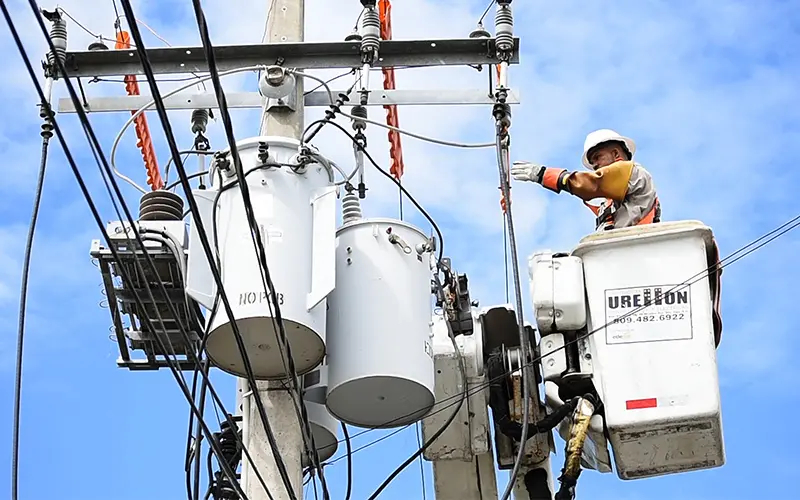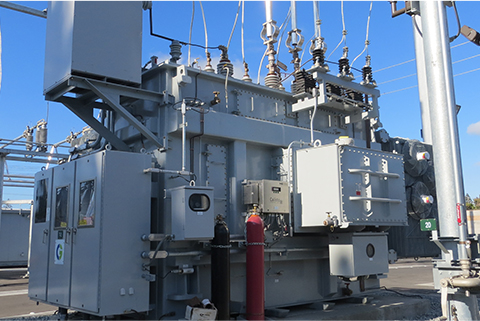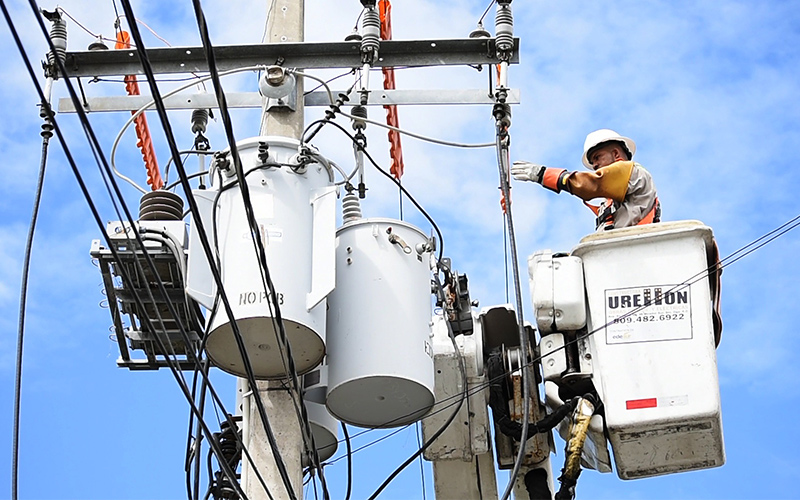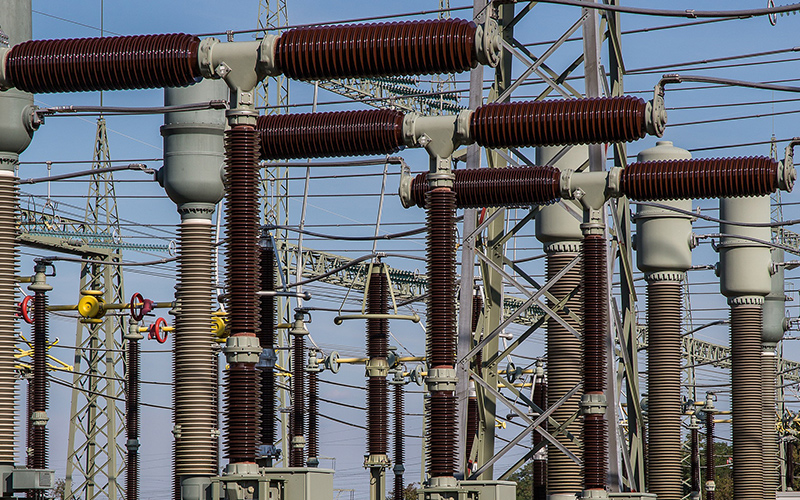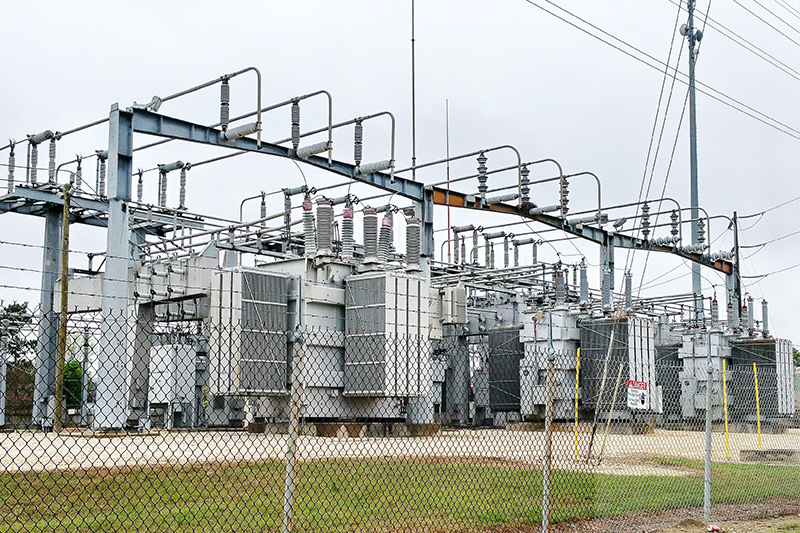A comprehensive introduction to dry-type transformers
Dry-type transformer (Dry-type transformer) is a common power transformer, also known as dry-type insulation transformer. Compared with oil-immersed transformers, dry-type transformers do not require oil as an insulating medium, but use dry insulating materials for insulation, so they are safer, more environmentally friendly, and suitable for some special applications. This article will give a comprehensive introduction to the structure, working principle, advantages and disadvantages, and application fields of dry-type transformers.
1. Structure The structure of a dry-type transformer mainly includes two parts: core and winding. The iron core is made of laminated silicon steel sheets to provide a magnetic circuit and reduce magnetic resistance and magnetic loss. The windings include high-voltage windings and low-voltage windings, which are made of high-conductivity copper or aluminum wires wound on insulating materials and separated by insulating gaskets.
2. Working principle The working principle of the dry-type transformer is the same as that of other transformers. When a voltage is applied to the high-voltage winding, a corresponding current will be generated in the low-voltage winding through the magnetic coupling effect to realize the transformation and transmission of electric energy.
3. Advantages and high safety: Dry-type transformers do not require oil as an insulating medium, which eliminates the risk of oil leakage and oil pollution, and improves the safety of the transformer.
Environmental protection and energy saving: Dry-type transformers do not contain environmental pollutants, do not require oil cooling and circulation, and reduce energy consumption and impact on the environment.
Easy maintenance: The dry-type transformer does not need to replace the insulating oil regularly, which reduces the workload of maintenance and operation and maintenance, and reduces the operation and maintenance cost.
Flexible installation: The dry-type transformer can be installed directly near the electrical equipment, reducing the transmission distance and line loss.
High efficiency: Dry-type transformers use excellent insulating materials and conductors, which have high energy efficiency and reduce energy loss.
4. Application fields Dry-type transformers are widely used in the following fields: construction industry: used for power supply of lighting, air conditioning, elevators and other equipment in buildings and underground parking lots.
Industrial field: used for electric lighting, motor drive, automation equipment, etc. in factories, workshops, power plants and other places. Ports and ships: used for power supply and distribution systems in dock facilities, ship industry and other places. High-speed rail and subway: for power transmission and distribution of power supply systems, line equipment, stations, etc. Household appliances: used for power supply of small terminal equipment such as household appliances and street lamps. In summary, dry-type transformers use dry insulating materials instead of oil as the insulating medium, which improves the safety and environmental performance of the transformer, and also has the advantages of convenient maintenance and flexible installation. Despite the disadvantages of high cost and poor heat dissipation, dry-type transformers still have broad application prospects in the fields of buildings, industries, transportation, and home appliances.




